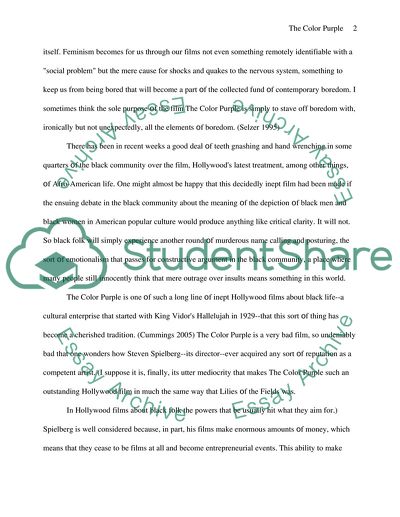Cite this document
(“The Color Purple Purple as a Feminist Novel about Women Essay”, n.d.)
The Color Purple Purple as a Feminist Novel about Women Essay. Retrieved from https://studentshare.org/literature/1545768-the-color-purple-is-a-feminist-novel-about-women
The Color Purple Purple as a Feminist Novel about Women Essay. Retrieved from https://studentshare.org/literature/1545768-the-color-purple-is-a-feminist-novel-about-women
(The Color Purple Purple As a Feminist Novel about Women Essay)
The Color Purple Purple As a Feminist Novel about Women Essay. https://studentshare.org/literature/1545768-the-color-purple-is-a-feminist-novel-about-women.
The Color Purple Purple As a Feminist Novel about Women Essay. https://studentshare.org/literature/1545768-the-color-purple-is-a-feminist-novel-about-women.
“The Color Purple Purple As a Feminist Novel about Women Essay”, n.d. https://studentshare.org/literature/1545768-the-color-purple-is-a-feminist-novel-about-women.


